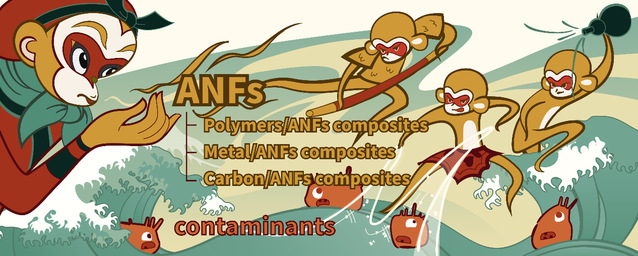
Highlights
– The preparation strategies of amyloid nanofibrils (ANFs)-based composites are summarized.
– Links among preparation, morphologies, functional groups, and performance are studied.
– ANF-based composites are effective for the removal of inorganic, organic, and biological pollutants.
– The adsorption mechanisms between ANF-based composites and contaminants are highlighted.
– The challenges and opportunities of ANF-based composites are proposed.
Abstract: Amyloid nanofibrils (ANFs) are supramolecular polymers originally classified as pathological markers in various human degenerative diseases. However, in recent years, ANFs have garnered greater interest and are regarded as nature-based sustainable biomaterials in environmental science, material engineering, and nanotechnology. On a laboratory scale, ANFs can be produced from food proteins via protein unfolding, misfolding, and hydrolysis. Furthermore, ANFs have specific structural characteristics such as a high aspect ratio, good rigidity, chemical stability, and a controllable sequence. These properties make them a promising functional material in water decontamination research. As a result, the fabrication and application of ANFs and their composites in water purification have recently gained considerable attention. Despite the large amount of literature in this field, there is a lack of systematic review to assess the gap in using ANFs and their composites to remove contaminants from water. This review discusses significant advancements in design techniques as well as the physicochemical properties of ANFs-based composites. We also emphasize the current progress in using ANFs-based composites to remove inorganic, organic, and biological contaminants. The interaction mechanisms between ANFs-based composites and contaminants are also highlighted. Finally, we illustrate the challenges and opportunities associated with the future preparation and application of ANFs-based composites. We anticipate that this review will shed new light on the future design and use of ANFs-based composites.
Keywords: Amyloid nanofibrils; Composites; Preparation; Characteristics; Adsorption
DOI: 10.1016/j.eehl.2023.09.003
Authors: Xiaolin Zhang, Mamitiana Roger Razanajatovo, Xuedong Du*, Shuo Wang, Li Feng, Shunli Wan, Ningyi Chen, Qingrui Zhang*